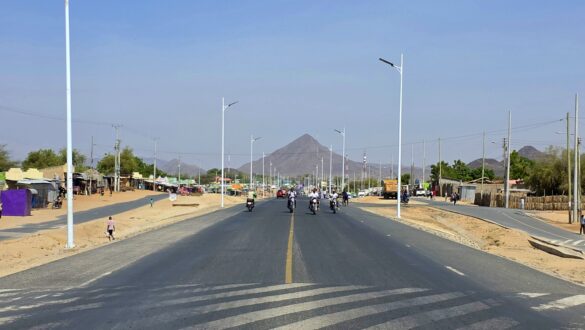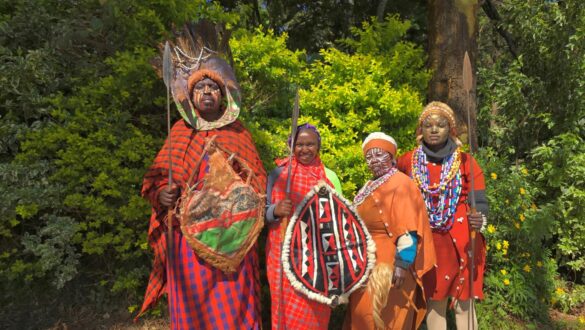The only “smart” place for parking near Lake Turkana was Lodwar, a bustling capital of Kenya’s arid Turkana County, serving as a vital hub for trade, administration, and culture in northwestern Kenya. It is known for its hot climate, proximity to Lake Turkana, vibrant...






